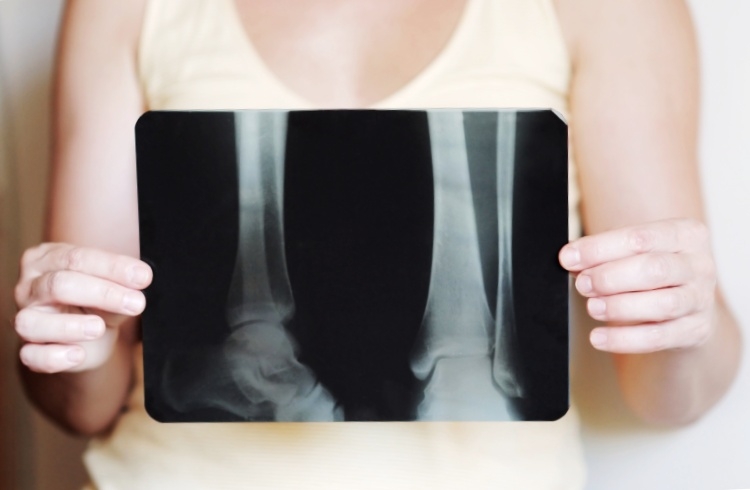Osteoporosis
15/10/2021
If you are a woman over 45, look out for signs of osteoporosis and take precautions.
|
Osteoporosis is a silent disease which means that it rarely presents symptoms before its most serious consequence, which is a bone fracture, occurs. Ideally, preventive exams are performed, so that it can be diagnosed in time to avoid fractures. Our bones are strongly influenced by estrogen, a female hormone, but which is also present in men, only to a lesser extent. This hormone helps maintain a balance between bone loss and bone gain. For this reason, women are the most affected by the disease, since, in menopause, estrogen levels drop sharply. With this fall, the bones begin to decalcify and become more fragile. How do I know I have osteoporosis?The most common sites affected by osteoporosis are the spine (vertebrae), the pelvis (femur), the wrist (radio) and the upper arm (humerus). Of these, the most dangerous fracture is that of the neck of the femur. A quarter of patients who suffer fractures die within six months and those who survive show a significant reduction in quality of life and independence. Severe back pain and short stature may represent vertebral fractures from osteoporosis. Watch! Based on the assessment of symptoms, the physician may indicate the performance of an image test that indicates the loss of bone mass, bone densitometry. This test can be performed annually or every 2 years after the diagnosis of osteoporosis to adjust the dose of the drug. How to prevent osteoporosis?Osteoporosis is very much associated with aging, as over the years the body progressively loses its ability to metabolize and absorb calcium, for example. However, some lifestyle habits can also influence the occurrence of osteoporosis, such as sedentary lifestyle, poor diet and alcohol consumption. It is important that the person has a healthy lifestyle, with regular physical exercise, and the use of supplements or medications that help in the process of calcium reabsorption and bone mass formation may also be recommended by the physician. How is the treatment done?The treatment of osteoporosis is carried out through dietary adjustments so that there is adequate intake of calcium, as well as vitamin D, being necessary, in some cases, to supplement with calcium and vitamin D, in addition to the practice of physical exercise and use of medicines. Medicines work by preventing the degeneration of bones and stimulating their reconstruction. |



